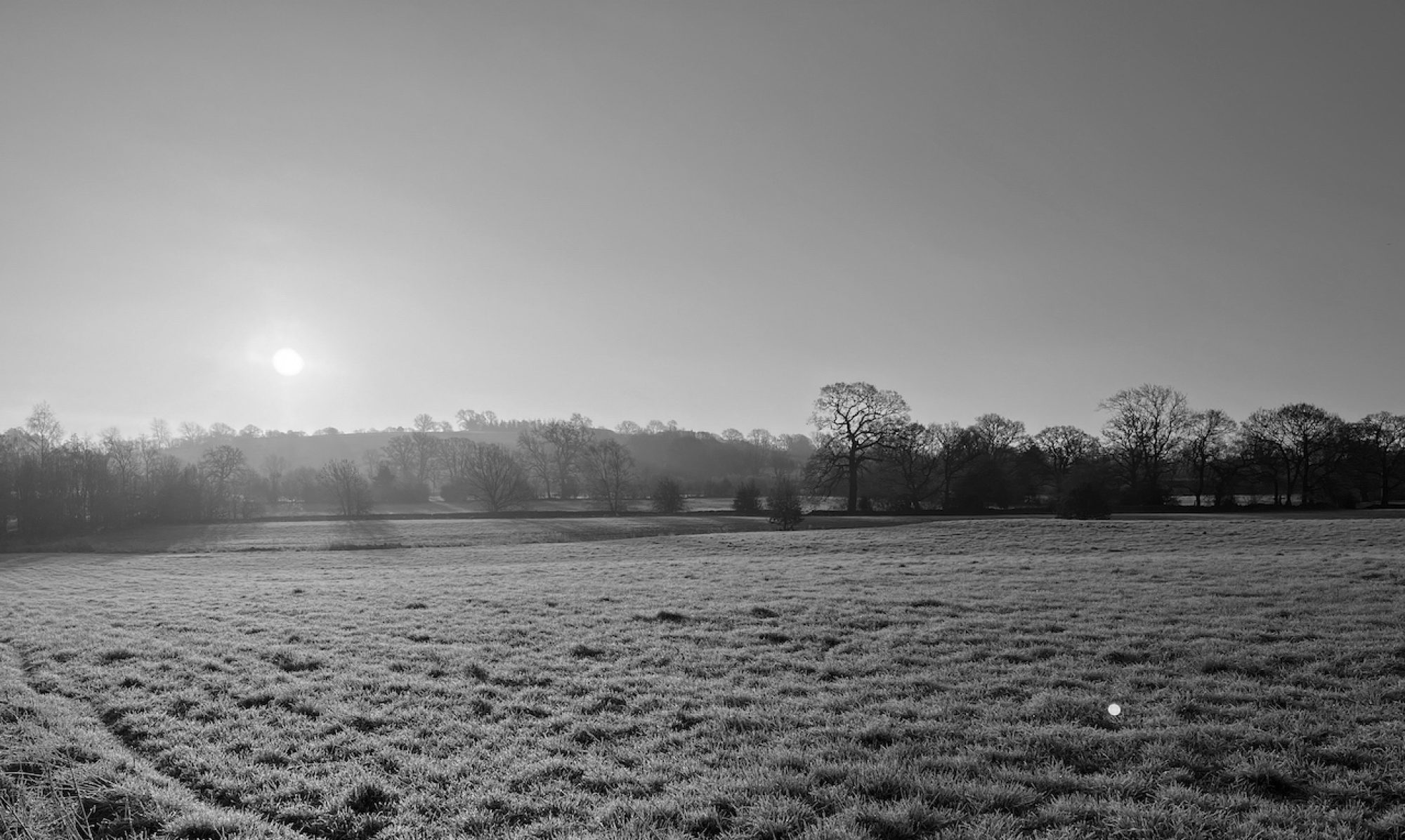Egrets are memories. At least they are for me.
They are Florida swamps, Breton estuaries, Aveyron river gorges, and Camargue étangs. Summer heat and cottage holidays.
When they are cattle egrets, they are exotic. Exotic in the sense that they are new, foreign, and are starting to colonise England. Little egrets and great white egrets have been moving north for some years and are now distributed across a number of parts of the country, but cattle egrets are more recent immigrants, first arriving around 2008 and, according to the British Trust for Ornithology, first breeding in 2012.
An article I’ve just read in the Guardian newspaper highlights cattle egrets and a host of other species that are also heading north, whilst many of the species we are more used to seeing have been quietly slipping from sight. They have both been heading up… Up north and up-a-height. Why? Well, it’s that usual antagonist again, anthropogenic climate change. Let’s consider our islands’ natives.
What do we do on a hot day? We soak it up for a while, then reach a point at which we can take it no more and we make a bee-line for the shade. We seek refuge from the heat. Many of our native species have been doing the same – searching for refuge from the heat. The only difference is the timescale. We beat the retreat based on the weather across a single day. Wildlife species are doing it in response to climate change, and more specifically in response to rises in average temperatures over a period of years.
So is it a case of stay and die, or flee north or to higher ground? Well, it often depends on whether there are local refuges from the heat.
I recently went to a talk that Dr. Andy Suggett of the University of York gave as part of the Wild Watch project that Nidderdale AONB is running. As part of a wider research team, Andy has been looking into such refuges. To be a bit more precise, the team has been looking at whether the landscape contains, or could contain, habitats that have microclimates that will continue to be favourable to species that, because they are vulnerable to rising temperatures, could become locally extinct.
Within our variety of landscapes in the UK, a small geographical area can have a very varied topography containing a number of different habitats. Different habitats result from a combination of things such as exposure, shade, height, slope, orientation, hydrology, soils, vegetation structure and cover, and land use. In these varied habitats we also get varied climatic conditions on a similarly small scale. In other words, habitats can have their own microclimates. Daytime maximums in these habitats can often show differences of up to 7C compared to each other and compared to the surrounding area as a whole. Indeed, Andy cited a day in May 2013 where the temperature variability across the UK overall was 5C, but a thermal sensor recorded a ground level temperature range at a particular location of 15-45C depending on what the vegetation was across the site. In other words, this location had a range of habitats with a range of different microclimates, all based on relatively small scale differences in topography and vegetation cover.
The more a landscape varies, the more habitats it contains. The more habitats it contains, the more microclimates there are. More microclimates means that there will be some habitats that have climatic conditions that are far more favourable to species that are otherwise vulnerable to rises in average temperature. All in all, Andy and team have found that the variation in microclimates that can exist locally in a landscape creates “microrefugia”. They refer to this as microclimate heterogeneity. These microrefugia have been found to make a real difference to species seeking respite from the heat. Species that respond negatively to climate change have been found to respond more positively to the microclimate heterogeneity, or variety, in a landscape. And that in turn reduces the risk of local extinction, or extirpation as it’s also known. By the way, although we’re discussing this in the context of rising temperatures, it equally applies to climate change in the other temperature change direction, too.
What does this all mean in terms of practical conservation? Well refugia, whether micro or macro, are likely going to be increasingly important as alternative habitats for species fleeing rising temperatures. Yes, some refugia will serve as little more than vestigial habitats; the last resting places of the relict and the damned – those that cannot flee. But those hoping to stick around, and even some of those already on the move, might find a place to stay in some of the more suitable refugia, so long as the topography that creates the refugia in the first place doesn’t find itself a victim of further agricultural intensification or development for economic “progress”. Whatever the circumstances of our climate refugees, these refugia can at least provide alternative habitats and, with luck, stave off some local extinctions. Refugee camps, in a way. It’s just sad to think of that as being the analogy.
In order for refugia to work, they need to exist. We need to identify them and protect existing ones, perhaps more actively managing them. We will probably need to create many more. And we will need to ensure that they are interconnected so that we don’t just create small islands of biogeographical isolation for species that cannot afford to be isolated. We might even have to assist with some emergency evacuations of some vulnerable individuals – translocation as it’s known in the trade. Or even undertake assisted colonisation. My overall enthusiasm for nature protection and biodiversity improvement is for self-willed natural processes and rewilding, but sometimes we need to intervene. Indeed, most habitats in the UK are managed, and restoring nature in the UK really does, and will, encompass the full spectrum of approaches. And we are talking here about vulnerable refugees. We surely cannot sit idly by.
Andy concluded his talk with some ideas as to what could be done. Better advice on the creation and management of refugia for land managers and conservation practitioners… Better public awareness and engagement… Better identification of potential sites for refugia creation, protection, or management through mapping various factors to identify the places with the optimum characteristics for refugia… Better and more targeted agri-environmental subsidies for land managers…
Of course, the last thing we really want is to create little microrefugia a few metres square, randomly scattered and far apart across the landscape. What we really need to achieve is the almost serendipitous creation of refugia through larger scale habitat restoration. There… I managed to bring it back to landscape scale restoration of nature.
Anthropogenic climate change is artificial. But climate change itself is not. It’s a natural process. It’s just one that has been artificially speeded up and might go too far too quickly. But to the species affected, it seems natural and so they respond naturally. By colonising.
Thus, cattle egrets are coming. They are heading north, like many species. And I do look forward to welcoming them all, although at the same time it will be sad to see those having to pack up and head for the shade, so to speak. These new species blowing in on a southerly wind are not what we sometimes label as “invasive”. They have a drive to disperse and to expand or move their ranges based on where they can find suitable habitats and a cosy niche into which to settle down. Sometimes the niche they seek has already been vacated, and sometimes they are the usurper, pushing out the existing occupier who is no longer the one best suited to that particular abode. Some species, we should remember, are simply returning. We might mourn losses, help refugees, and welcome newcomers, but for species like the common crane, the white stork and, perhaps one day, even the dalmation pelican, it’ll actually be a homecoming and not necessarily be driven solely by climate change.
Not all are going crazy from heat. But many are. Let’s hope we can help as many of them as possible escape the warmth that we have blown across them.







